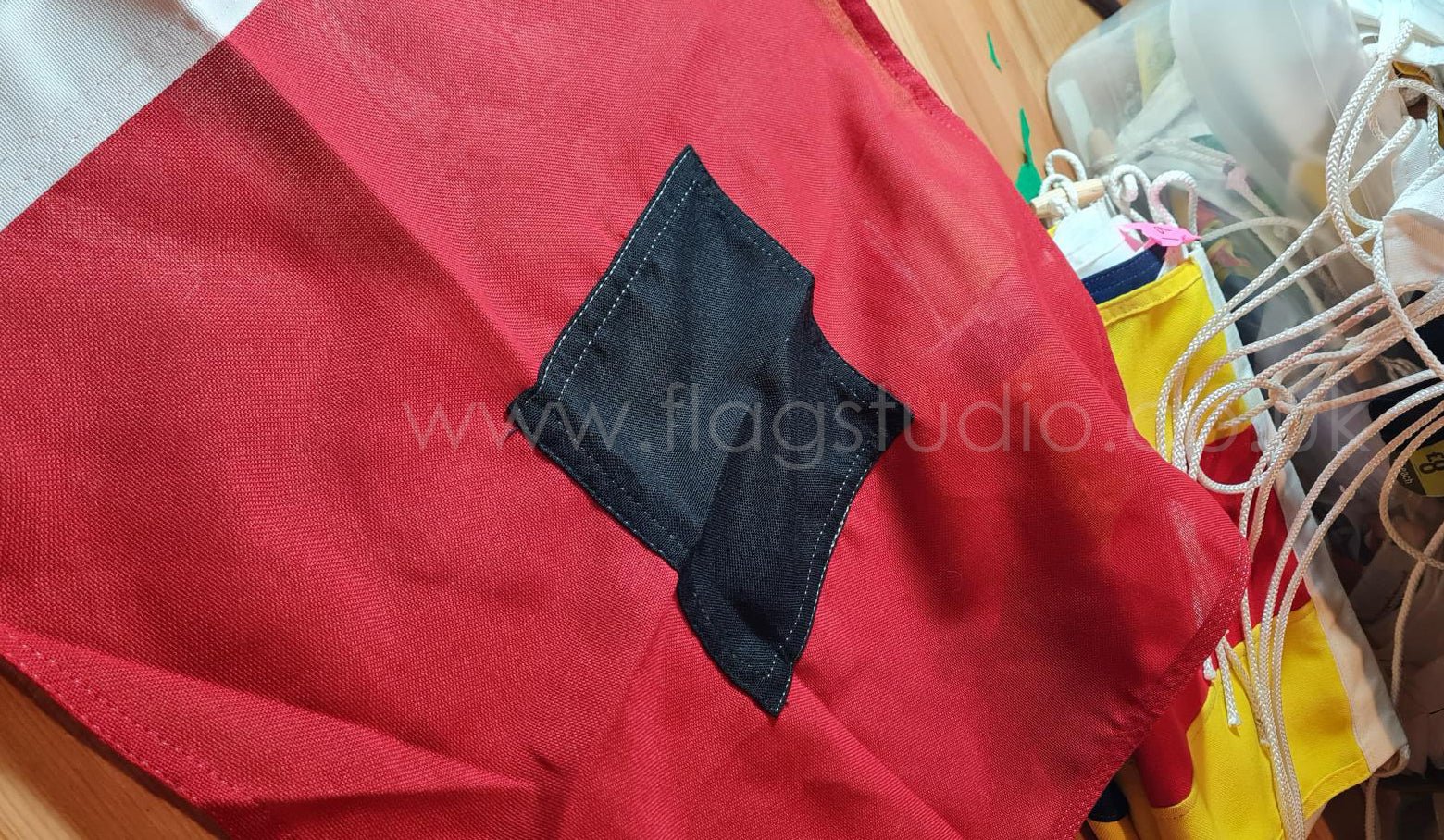
Understanding the Hurricane Code Flag
Understanding the Hurricane Code Flag
When it comes to hurricane preparedness, understanding the hurricane code flag system is a crucial tool used by authorities to communicate the severity of a storm and the necessary actions to be taken by the public.
The Different Hurricane Code Flag Colors
The hurricane code flag system consists of five different colors, each representing a specific level of danger:
- White Flag: When the white flag is raised, it indicates that a storm is approaching and everyone should be on high alert. It serves as a warning to start preparing for potential hurricane conditions.
- Green Flag: The green flag is raised when a storm is no longer a threat to the area. It signifies that it's safe to resume normal activities.
- Yellow Flag: A yellow flag indicates that a tropical storm or hurricane is possible within 36 hours. It's a reminder for residents to review their evacuation plans and take necessary precautions.
- Orange Flag: When the orange flag is raised, it means that a hurricane is expected to make landfall within 24 hours. This signals the need for residents to complete their preparations and potentially evacuate if instructed by authorities.
- Red Flag: The red flag is the most severe and urgent level. It means that a hurricane is imminent or already occurring in the area. Residents should take immediate action to ensure their safety, which may include evacuating to designated shelters.
Interpreting the Hurricane Code Flag System
Understanding the meaning behind each color of the hurricane code flag is essential for individuals and communities to respond appropriately to the impending danger. By staying informed about the current flag status, you can take the necessary steps to safeguard yourself, your loved ones, and your property.
It's important to note that the hurricane code flag system may vary depending on the region or country. It's always recommended to familiarize yourself with the specific flag system used in your area and follow the guidance provided by local authorities.
Conclusion
The hurricane code flag is a vital tool in hurricane preparedness and response. It helps convey critical information about the level of danger posed by an approaching storm and the necessary actions to be taken. By understanding the meanings behind each flag color, you can better protect yourself and your community during hurricane events.
Remember, it's always better to be proactive and prepared when it comes to hurricanes. Stay informed, have an emergency plan in place, and follow the instructions of local authorities to ensure your safety.


